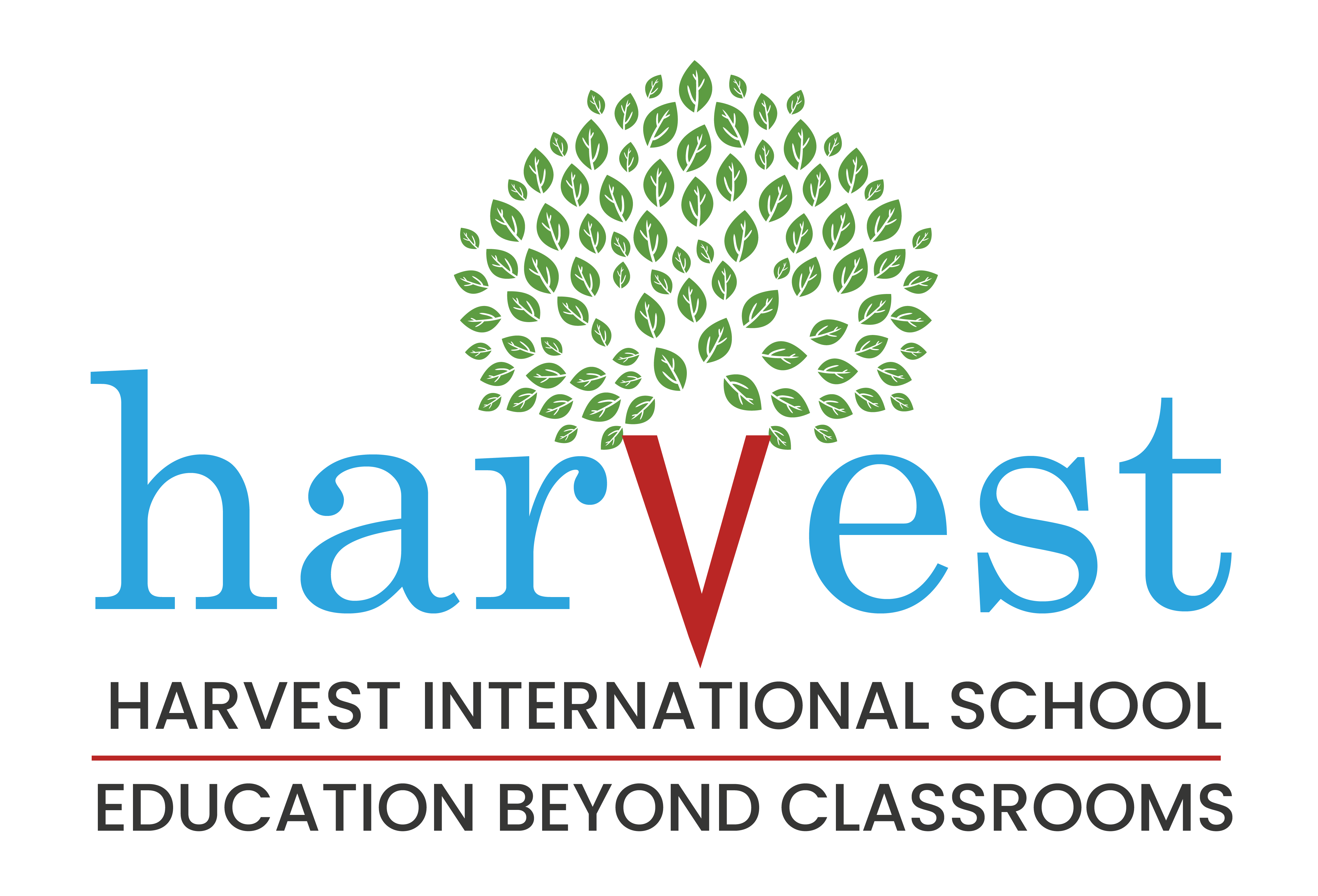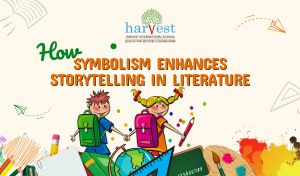How Symbolism Enhances Storytelling in Literature
Literature has long been a medium through which writers convey complex themes, emotions, and ideas. One of the most powerful tools in a writer’s arsenal is symbolism. By using objects, colours, characters, or settings to represent broader concepts, symbolism enriches storytelling, creating layers of meaning that engage readers on a deeper level. As one of the best schools in Sarjapur Road Bangalore, Harvest International School emphasizes the importance of understanding literary devices like symbolism to enhance students’ analytical and creative skills.
What is Symbolism in Literature?
Symbolism refers to the use of symbols—objects, figures, or colours—to represent abstract ideas. A common example is the use of a dove to symbolize peace. Writers use symbolism to add depth to their narratives, allowing readers to uncover meanings beyond the literal text. At Harvest International School, one of the best schools in Bangalore India, students explore literary symbolism in various works, learning how it enhances storytelling.
The Role of Symbolism in Storytelling
1. Enhancing Themes
Themes are the central ideas explored in a story, and symbolism strengthens them. In Harper Lee’s To Kill a Mockingbird, the mockingbird symbolizes innocence and vulnerability, reinforcing the novel’s themes of morality and justice. Students at one of the top CBSE schools in Bangalore Sarjapur Road analyze such symbols to understand how they shape narratives.
2. Deepening Emotional Impact
Symbolism allows writers to evoke emotions subtly. In F. Scott Fitzgerald’s The Great Gatsby, the green light represents Gatsby’s dreams and unattainable aspirations. This powerful symbol resonates with readers, adding emotional weight to the story. As one of the top schools in Bangalore, Harvest International encourages students to explore how symbols elicit emotions and connect readers to the text.
3. Creating Visual Imagery
Symbolism enhances the visual appeal of storytelling. Shakespeare’s use of blood in Macbeth symbolizes guilt, leaving a lasting image in the reader’s mind. By examining such imagery, students develop their creative thinking and analytical skills.
4. Building Character Depth
Authors use symbolism to add layers to character development. In Lord of the Flies, the conch shell symbolizes order and civilization, reflecting the characters’ moral struggles. Our students analyze such symbols to understand character motivations and transformations.
Examples of Symbolism in Literature
1. The Scarlet Letter (The Scarlet Letter by Nathaniel Hawthorne)
The letter “A” worn by Hester Prynne represents sin, shame, and, eventually, strength and redemption. This evolving symbol showcases how meaning changes over time.
2. The White Whale (Moby-Dick by Herman Melville)
Moby-Dick, the elusive whale, symbolizes different things to different characters—revenge, the unknown, and fate. This complexity illustrates how symbolism allows for multiple interpretations.
3. The Yellow Wallpaper (The Yellow Wallpaper by Charlotte Perkins Gilman)
The yellow wallpaper in this short story symbolizes the protagonist’s mental deterioration and societal oppression. At Harvest International, one of the best schools in Sarjapur Road Bangalore, students discuss how symbolism enhances themes of gender roles and psychological depth.
Teaching Symbolism at Harvest International School
As one of the best schools in Bangalore India, Harvest International integrates symbolism into its English curriculum, helping students analyze literature critically. Through interactive activities, creative writing exercises, and discussions, students learn how symbols add depth to storytelling.
1. Literary Analysis Assignments
Students examine classic and contemporary texts, identifying and interpreting symbols. By engaging with diverse literature, they enhance their comprehension skills.
Creative Writing Workshops
Students create their own stories using symbolism, refining their writing abilities. This hands-on approach fosters creativity, a key focus at one of the top schools in Bangalore.
3. Visual Representation of Symbols
By illustrating symbols from literature, students develop a deeper understanding of their significance. This multidisciplinary approach is a unique feature of Harvest International, one of the best schools in Sarjapur Road Bangalore.
Conclusion
Symbolism is an essential literary device that enhances storytelling by reinforcing themes, evoking emotions, and creating lasting imagery. At Harvest International School, one of the best schools in Bangalore India, students engage with symbolism in literature, developing critical thinking and analytical skills that enrich their academic and creative pursuits. Through a curriculum that prioritizes deep literary exploration, students at one of the CBSE schools in Bangalore Sarjapur Road gain a profound appreciation for the art of storytelling, preparing them to excel in literary studies and beyond.





